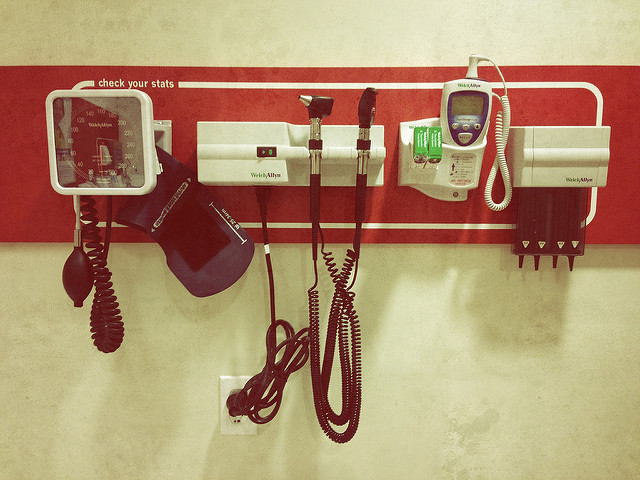A recent report by Merger Watch details the access to care issues and higher costs that often arise when hospitals merge, downsize or close.
Over the last two decades, an increasing number of hospitals have merged, creating large intra and interstate health care systems that wield enormous political and financial power. There are 50 percent more for-profit hospitals in 2016 than there were 15 years ago, up from 660 to 992. Hospitals understandably are watching their bottom lines.
The 25 largest health care systems now represent 33 percent of all acute care hospitals, up from 23 percent in 2000, 15 years ago. The three largest are for-profit. State hospital oversight programs are at this point unable to keep up with monitoring hospital mergers and ensuring people are protected and able to access needed care.
Oversight is needed. Some of these mergers are leading to restrictions in care. For example, when hospitals merge with religiously-sponsored health systems, which restrict care based on their religion, the newly formed hospital may continue to restrict care even though the new entity is a secular hospital or health system. Restrictions may limit reproductive health services, even when medically necessary. Or, they may deny women suffering a miscarriage emergency services, forcing them to go to another hospital that may be far away at great risk to them.
And, while you might imagine these larger hospitals are able to deliver more cost-effective care, hospital rates have for the most part risen significantly. Hospital mergers are not appearing to drive the efficiencies one might expect. Or, if they are, patients and health insurers are not benefiting from them. (Of note, at the same time these mergers are happening, many hospitals are closing; 60 rural hospitals have closed since 2010, making it harder for people in their communities to access care.)
A new study reveals that two of the largest hospitals in California are charging about 25 percent more for each patient admission than other hospitals in the area. They are not charging based on cost but, rather, based on their market power, providing evidence that hospital mergers are driving up consumer health care costs. Sutter and Dignity, two big hospital chains, are getting an average of $4,000 more for each person who is admitted than smaller hospitals. And according to the study’s authors, this gap has nothing to do with wage differences or treating sicker patients.
Based on ten years of claims data from Blue Shield of California, one of the largest insurers, prices were about the same for all the hospitals in 2004. Ten years later, prices from these two hospital chains increased 113 percent as compared to 70 percent for other hospitals. The average cost at Sutter and Dignity was $19,606 and $15,642 at the other hospitals.
According to Kaiser Health News, the California Attorney General is currently investigating Sutter for possible harm to consumers; it is also looking at Dignity. To be sure, prices have risen substantially across all California hospitals “during a period of low overall price inflation, low economic growth, and declining demand for inpatient care.” The higher prices for the larger hospital systems may be leading the smaller hospitals to raise their prices.
Merger Watch argues that significantly more state oversight is needed to ensure patient and community access to needed care. It gave only six of the 50 states and the District of Columbia an A or A- for their oversight process. Twenty states received an F.
Here’s more from Just Care:
- When you are in good health, plan for a hospital stay, talk to the people you love about these seven important items
- How to pepare for your hospital stay
- How to protect yourself against hospital-acquired infections
- Choose your hospital emergency room carefully
- Driving hospital prices down through reference pricing










